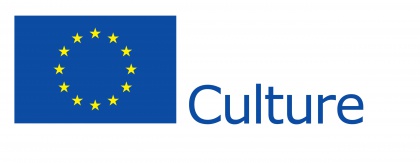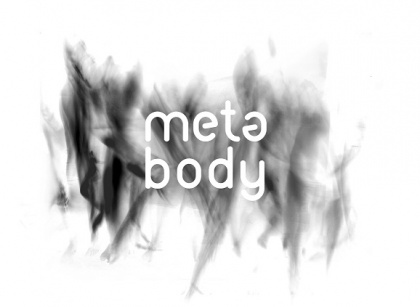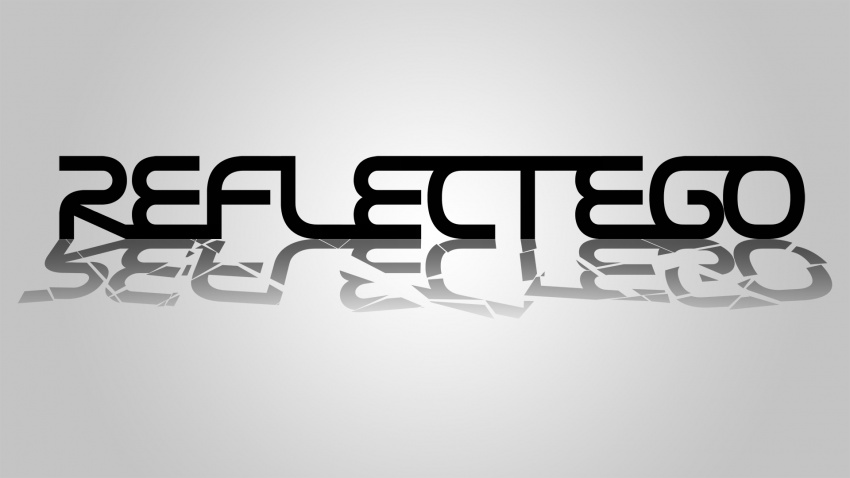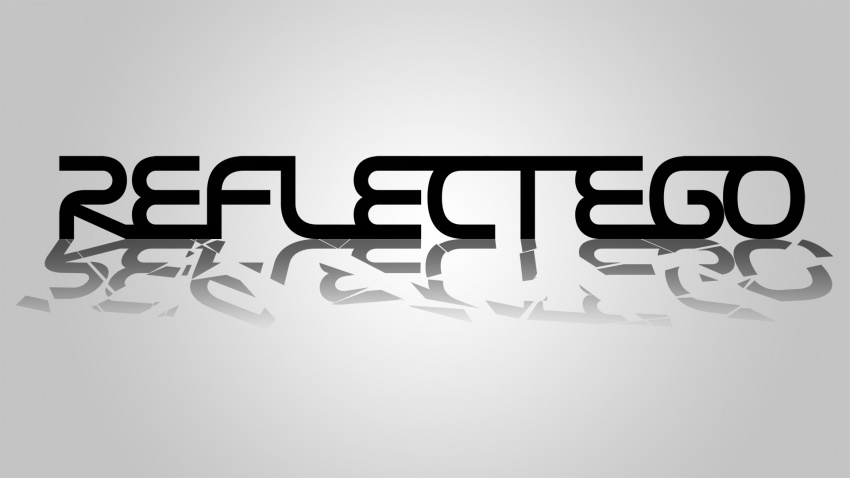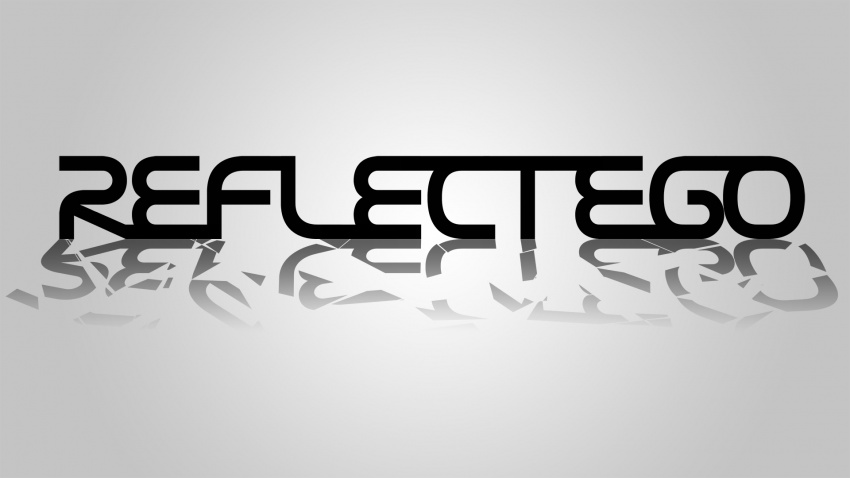Difference between revisions of "project04:Frontpage"
(→1st Presentation:) |
Gary Chang (Talk | contribs) |
||
| (58 intermediate revisions by 5 users not shown) | |||
| Line 1: | Line 1: | ||
__NOTOC__ __NOTITLE__ | __NOTOC__ __NOTITLE__ | ||
| − | |||
| + | {{#slideshow: | ||
| + | <div>[[File:Refletego_logo_01.jpg| 850px]]</div> | ||
| + | <div>[[File:Refletego_logo_02.jpg| 850px]]</div> | ||
| + | <div>[[File:Refletego_logo_03.jpg| 850px]]</div> | ||
| + | <div>[[File:Refletego_logo_02.jpg| 850px]]</div> | ||
| + | |id=bar2 sequence=forward transition=cut refresh=500 | ||
| + | }} | ||
| + | <center><h2>|Oana Anghelache|Rob Moors|Guus Mostart|Eldin Fajkovic|Jacqueline Huang|Mick van Rooijen|</h2></center> | ||
<div style="height:30px; width: 850px; margin:0px; padding: 0px; padding-top: 20px; border: 0px;"> | <div style="height:30px; width: 850px; margin:0px; padding: 0px; padding-top: 20px; border: 0px;"> | ||
| − | <div style="float:left; width: | + | |
| + | <div style="float:left; width: 150px; height 30px; border: 2px solid #aaa; background-color: #dbdbdb; margin-right:20px; " align="center"> | ||
[[project04:Frontpage |'''MAIN''']] | [[project04:Frontpage |'''MAIN''']] | ||
</div> | </div> | ||
| − | <div style="float:left; width: | + | <div style="float:left; width: 150px; height 30px; border: 2px solid #aaa; background-color: #dbdbdb; margin-right:20px; " align="center"> |
| − | [[project04: | + | [[project04:PRESENTATION |'''PRESENTATION''']] |
</div> | </div> | ||
| − | <div style="float:left; width: | + | <div style="float:left; width: 150px; height 30px; border: 2px solid #aaa; background-color: #dbdbdb; margin-right:20px; " align="center"> |
| − | [[project04: | + | [[project04:CONCEPT|'''CONCEPT''']] |
</div> | </div> | ||
| − | <div style="float:left; width: | + | <div style="float:left; width: 150px; height 30px; border: 2px solid #aaa; background-color: #dbdbdb; margin-right:20px; " align="center"> |
| − | [[project04: | + | [[project04:PROTOTYPE|'''PROTOTYPE''']] |
| + | </div> | ||
| + | |||
| + | <div style="float:left; width: 150px; height 30px; border: 2px solid #aaa; background-color: #dbdbdb; margin-right:0px; " align="center"> | ||
| + | [[project04:CASE STUDIES|'''PROCESS''']] | ||
</div> | </div> | ||
<div style="float:left; width: 850px;"> | <div style="float:left; width: 850px;"> | ||
| − | == ''' | + | == '''REFLECTEGO: ''' == |
| − | + | ||
| − | + | ||
| − | + | ||
| − | + | ||
| − | + | ||
| − | + | ||
| − | + | ||
| − | + | ||
| − | + | ||
| − | + | ||
| − | + | ||
| − | + | ||
| − | + | ||
| − | + | ||
| − | + | ||
| − | + | ||
| − | + | ||
| − | + | ||
| − | + | ||
| − | + | ||
| − | + | ||
| − | + | ||
| − | + | ||
| − | + | ||
| − | + | ||
| − | + | ||
| − | + | ||
| − | + | ||
| − | + | ||
| − | + | ||
| − | + | ||
| − | + | ||
| − | + | ||
| − | + | ||
| − | + | ||
| − | + | ||
| − | + | ||
| − | + | ||
| − | + | ||
| − | + | ||
| − | + | ||
| − | + | ||
| − | + | ||
| − | + | ||
| − | + | ||
| − | + | ||
| − | + | ||
| − | + | ||
| − | + | ||
| − | + | ||
| − | + | ||
| − | |||
| − | |||
| − | |||
| − | + | <html><iframe src="https://player.vimeo.com/video/118525103" width="850" height="500" frameborder="0" webkitallowfullscreen mozallowfullscreen allowfullscreen></iframe></html> | |
| + | <html><iframe width="850" height="500" src="//www.youtube.com/embed/73_hfVCovJo?rel=0" frameborder="0" allowfullscreen></iframe></html> | ||
| − | |||
| − | - | + | Reflectego aims to discuss the balance of physical and imagery components in our brain’s construction of reality. The view and experience that we hold of space and our position in it consist of both actual objects and altered descriptions that we interpret to represent reality. By visually distorting the space in our surrounding and by unexpected repositioning of the self in relation to the environment through movement, awareness can be created of the proprioceptive determination and our self-perception in the twilight of the physical and virtual world. |
| − | + | Our design derives from a kaleidoscopic composition of faceted mirrors. In a Kaleidoscope the constructed perceived image consists of actual physical objects and a multiplicity of reflections of this. Through small movements of the objects the constructed images change dramatically due to the amplification of change by visual multiplication of the movement. In our project the user will become the physical object inside a kaleidoscope in which he sees his image scattered and recomposed as a result of his behavior. | |
| − | + | The structure consists of a suspended faceted mirror-surface. It hovers and maneuvers above and as a reply to user behavior. The structure folds, flips and expands to create dynamic compositions of the real world objects by alternating angles of reflection. The user interacts with the structure as a piece of the puzzle whilst recomposing the total image. | |
| − | + | ||
| − | |||
| − | - | + | ---- |
| + | With the support of the Culture Programme of the EU.<br> | ||
| + | [[File:EU_flag.jpg|420px]][[File:META_logo.jpg|420px]] | ||
Latest revision as of 12:14, 23 March 2016
|Oana Anghelache|Rob Moors|Guus Mostart|Eldin Fajkovic|Jacqueline Huang|Mick van Rooijen|
MAIN
REFLECTEGO:
Reflectego aims to discuss the balance of physical and imagery components in our brain’s construction of reality. The view and experience that we hold of space and our position in it consist of both actual objects and altered descriptions that we interpret to represent reality. By visually distorting the space in our surrounding and by unexpected repositioning of the self in relation to the environment through movement, awareness can be created of the proprioceptive determination and our self-perception in the twilight of the physical and virtual world.
Our design derives from a kaleidoscopic composition of faceted mirrors. In a Kaleidoscope the constructed perceived image consists of actual physical objects and a multiplicity of reflections of this. Through small movements of the objects the constructed images change dramatically due to the amplification of change by visual multiplication of the movement. In our project the user will become the physical object inside a kaleidoscope in which he sees his image scattered and recomposed as a result of his behavior.
The structure consists of a suspended faceted mirror-surface. It hovers and maneuvers above and as a reply to user behavior. The structure folds, flips and expands to create dynamic compositions of the real world objects by alternating angles of reflection. The user interacts with the structure as a piece of the puzzle whilst recomposing the total image.
With the support of the Culture Programme of the EU.
